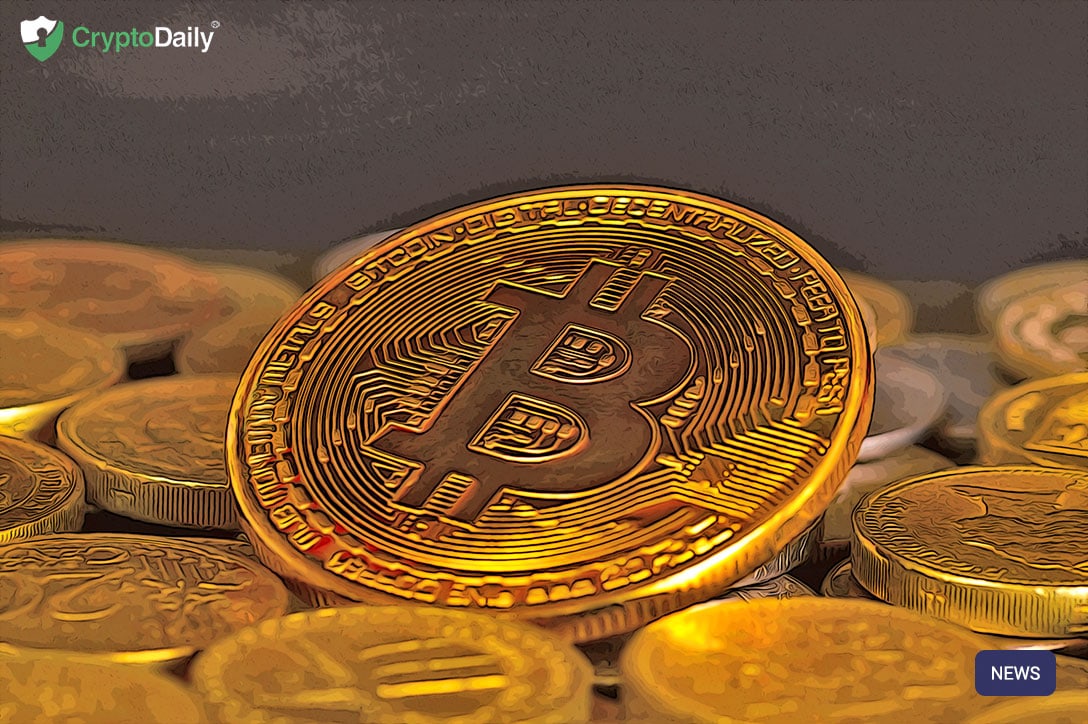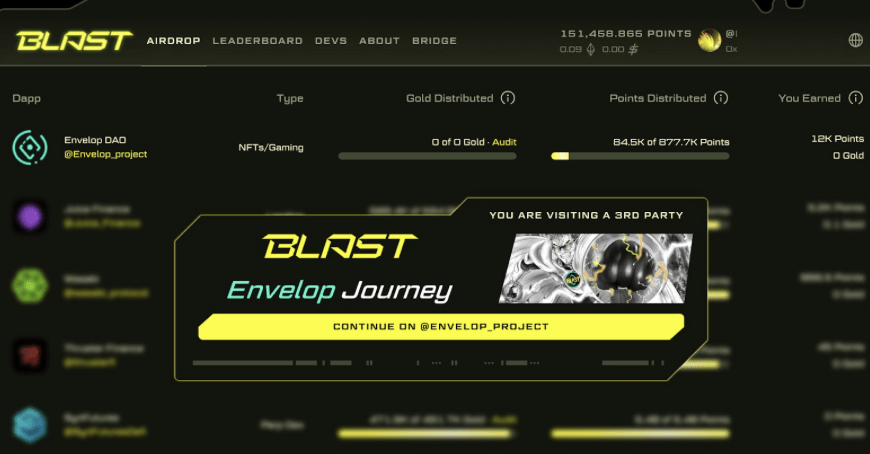Table of Contents
- USD - Not So Stable in a Recession
- Not Just a Crypto Company
- A Truer Reflection of Satoshi’s Vision?
As the cryptocurrency sector has grown, stablecoins have grown in popularity – both as a medium of exchange and as a store of value. As of September, some fiat-backed stablecoins had posted triple-digit growth in 2020, underscoring the demand from traders and investors alike.
However, as the stablecoin segment has grown, it’s become increasingly apparent that many of them are fraught with challenges. The biggest fiat-backed stablecoin, Tether, has admitted that it puts its users at significant risk by only holding a portion of its issuance as US dollars in reserve, with loans accounting for the rest.
Cryptocurrency-backed stablecoins such as Maker’s DAI are also increasingly popular. However, DAI also revealed a critical vulnerability earlier this year during crypto’s “Black Friday” crash. As the price of ETH plummeted dramatically, millions of dollars worth of DAI were suddenly undercollateralized. The net effect was that Maker’s underlying smart contract liquidated the loans that issued the tokens.
USD - Not So Stable in a Recession
Even without these issues, the coronavirus has unveiled a new challenge with stablecoins pegged to the value of fiat currencies. The economic impact of the pandemic has seen governments around the world sink into debts as a result of the fiscal stimulus packages they’ve had to produce. Amid spiraling case numbers in the US, the mighty greenback has shown its first signs of vulnerability since 2018, falling over 7% against the euro.
Against the backdrop of a looming global recession, investors have done what they always do when volatility threatens - turned to gold as a stable means of hedging against potential losses. The price of gold has responded in kind, reaching new all-time highs above $2,000 per troy ounce in August.
So with a struggling dollar, a volatile stock market, and no sign of an immediate end to the ongoing woes of a global pandemic, is now the time for gold-backed stablecoins to shine?
If you want to invest in gold, then gold-backed cryptocurrencies are a great way to go about it. Investing in physical gold is cumbersome and requires a safe means of custody. Gold futures or exchange-traded funds involve finding a broker and paying fees.
VeraOne (VRO) is an ERC20 token; each unit backed 1:1 by a gram of pure gold. The company works with the London Bullion Market Association to ensure the integrity of its practices concerning gold purchase and production.
It has also engaged ALS Global, a firm specializing in auditing companies in the precious metals sector. The auditor ensures that VeraOne is in possession of the gold it claims to be and that the corresponding value is matched with VRO tokens on the Ethereum blockchain. VeraOne is fully insured by Lloyds, meaning that it’s likely to be a safer choice than many fiat-backed stablecoin issuers.
Not Just a Crypto Company
The company has been around long before it decided to start minting gold-backed tokens. It’s been through several developments designed to make gold more accessible and liquid for the everyday user. The company was founded as a precious metal specialist in France as AuCOFFRE.com in 2009, and soon afterward started issuing VeraValor, its own range of physical coins. After that, it launched the VeraCash payment card, enabling individuals to pay for goods using their gold holdings, bypassing the financial system entirely.
A gold-backed token was the next evolution, and VeraOne has been in circulation since 2009. The company’s development is in stark contrast to many crypto startups that emerged from the tech scene.
Currently, users can purchase VRO tokens using BTC or ETH. It also operates an affiliate program for users who refer people to the VeraCash payment card. Referrers can earn free VRC for doing so - a gift that is literally worth its weight in gold.
A Truer Reflection of Satoshi’s Vision?
The original Bitcoin white paper refers to the need for “an electronic payment system based on cryptographic proof instead of trust, allowing any two willing parties to transact directly with each other without the need for a trusted third party.”
The evolution of cryptocurrencies into an asset class dominated by fiat-pegged instruments could hardly be what Satoshi Nakamoto had in mind. The origins of the cypherpunk movement saw the future of Bitcoin as a payment system independent from the control of central banks.
In this sense, gold-backed stablecoins are a truer reflection of the kind of perfect market forces that the earliest Bitcoiners had in mind. After all, no central bank or other authority has any control over the price of gold - it’s driven purely by the forces of supply and demand, like Bitcoin itself.
Therefore, those who consider themselves true proponents of the spirit of decentralization and open-market economies have an opportunity to live those values by ditching fiat-pegged cryptocurrencies. Instead, generating a thriving market around those tokens pegged to gold, and eventually, other freely traded commodities.
Investment Disclaimer





